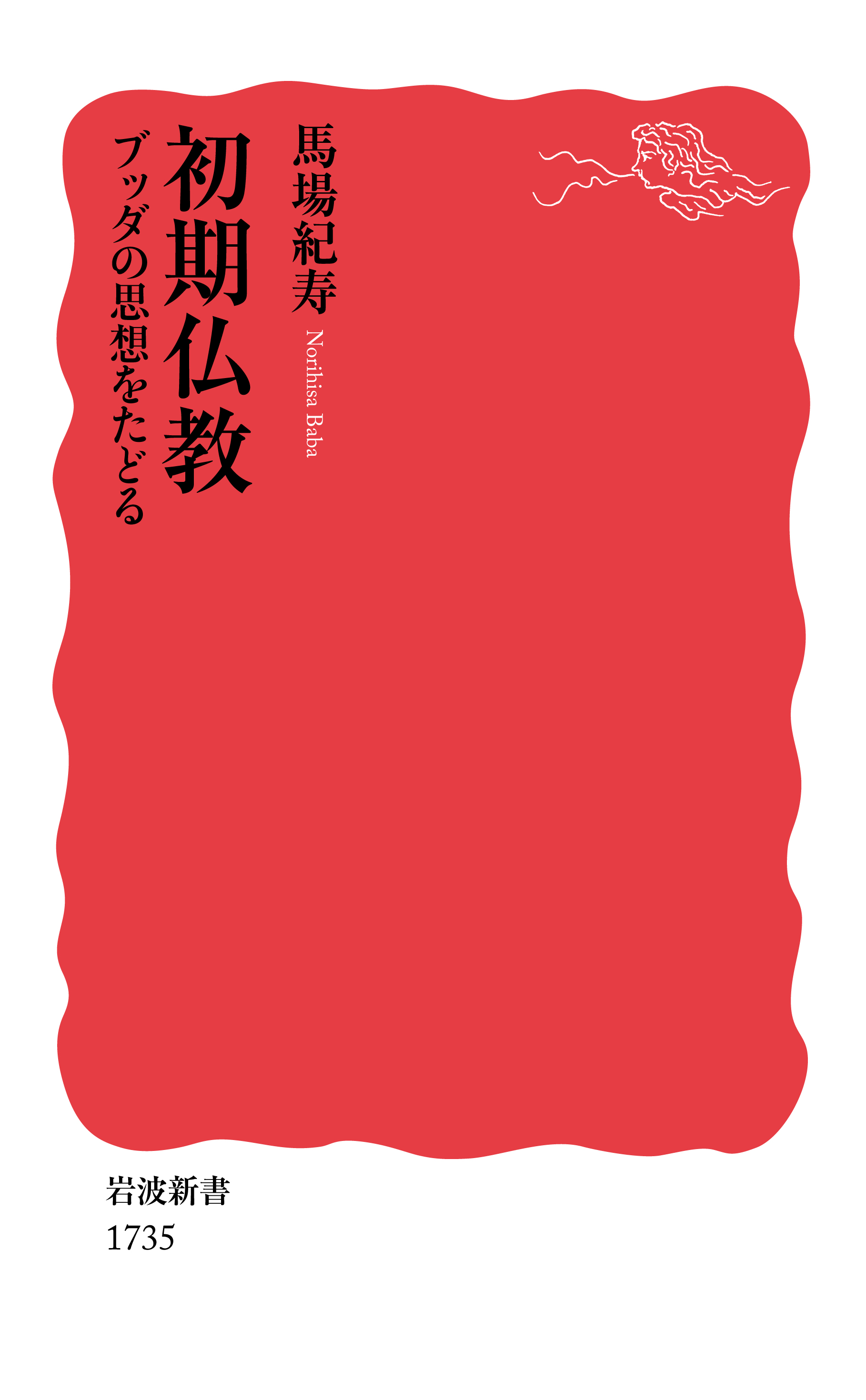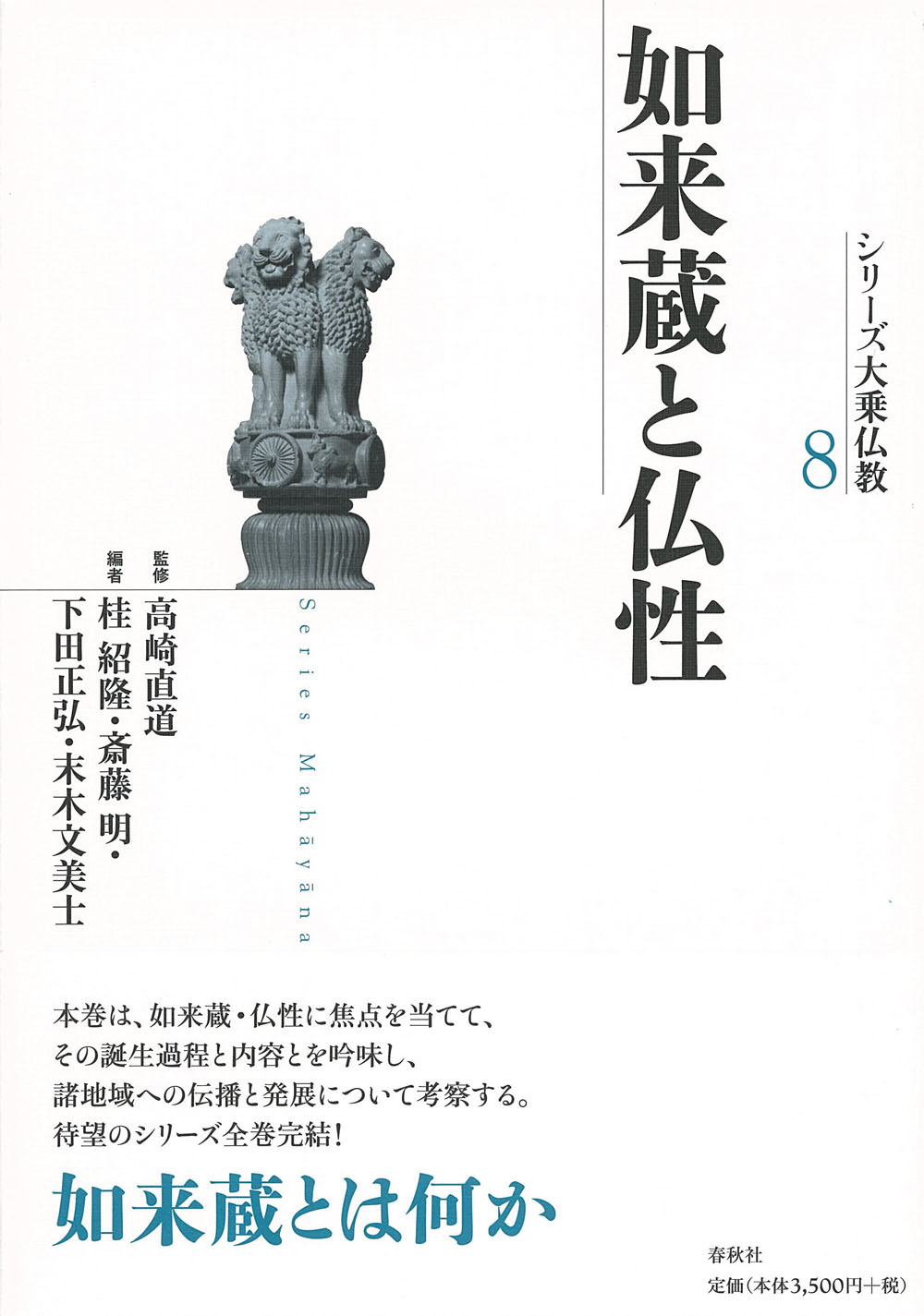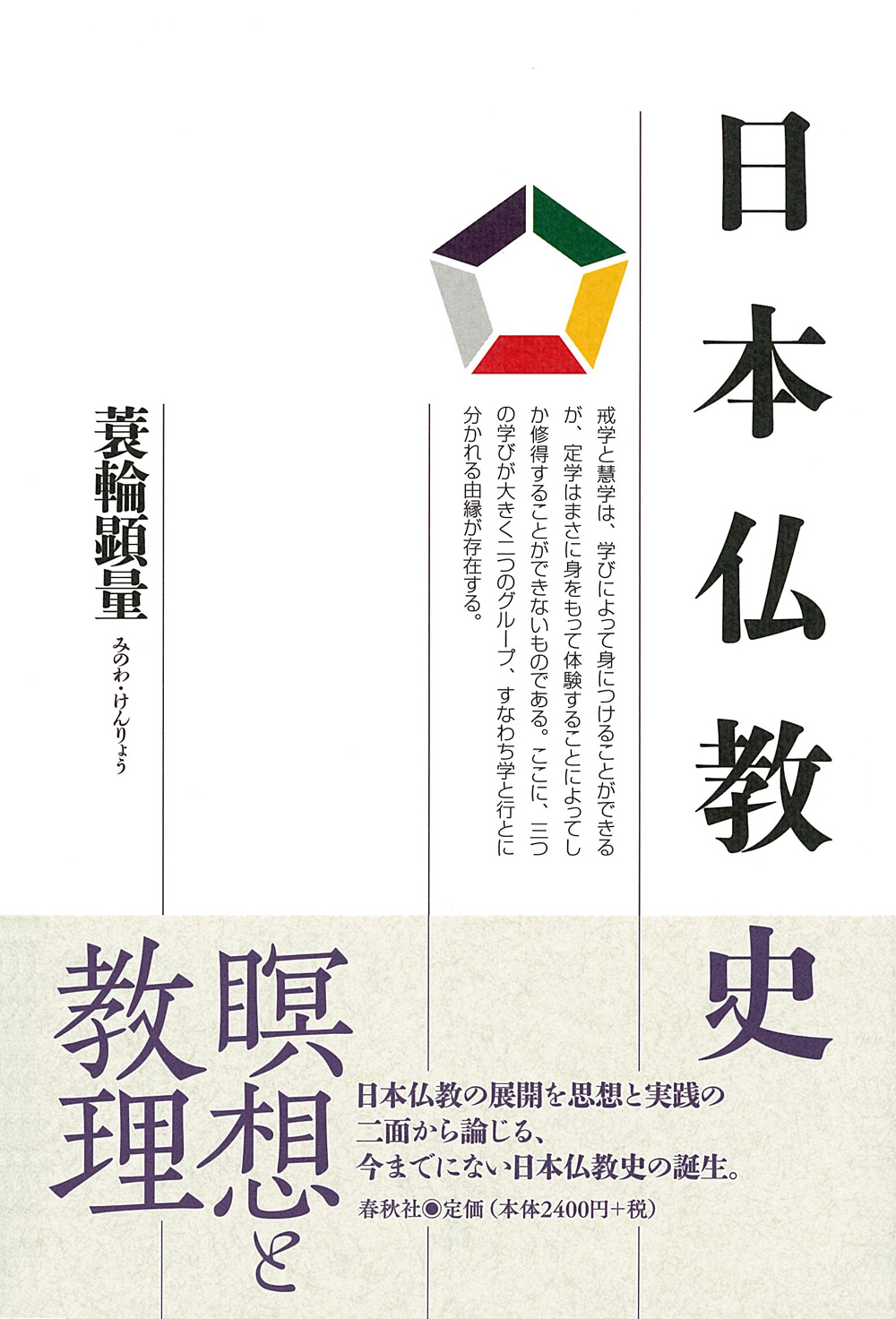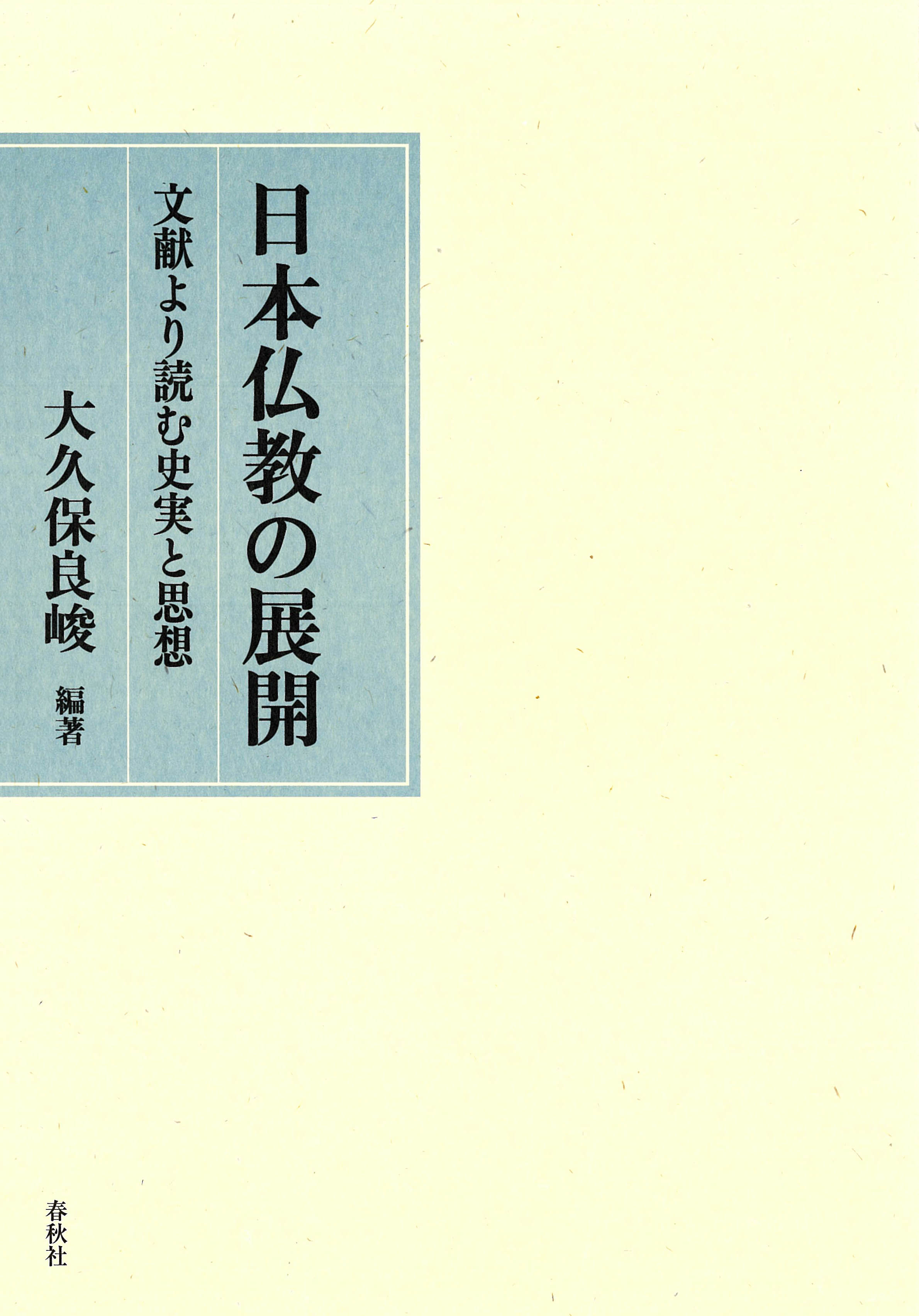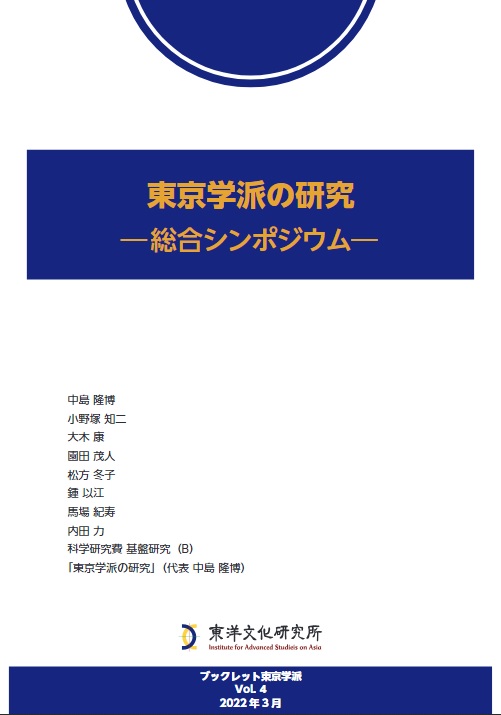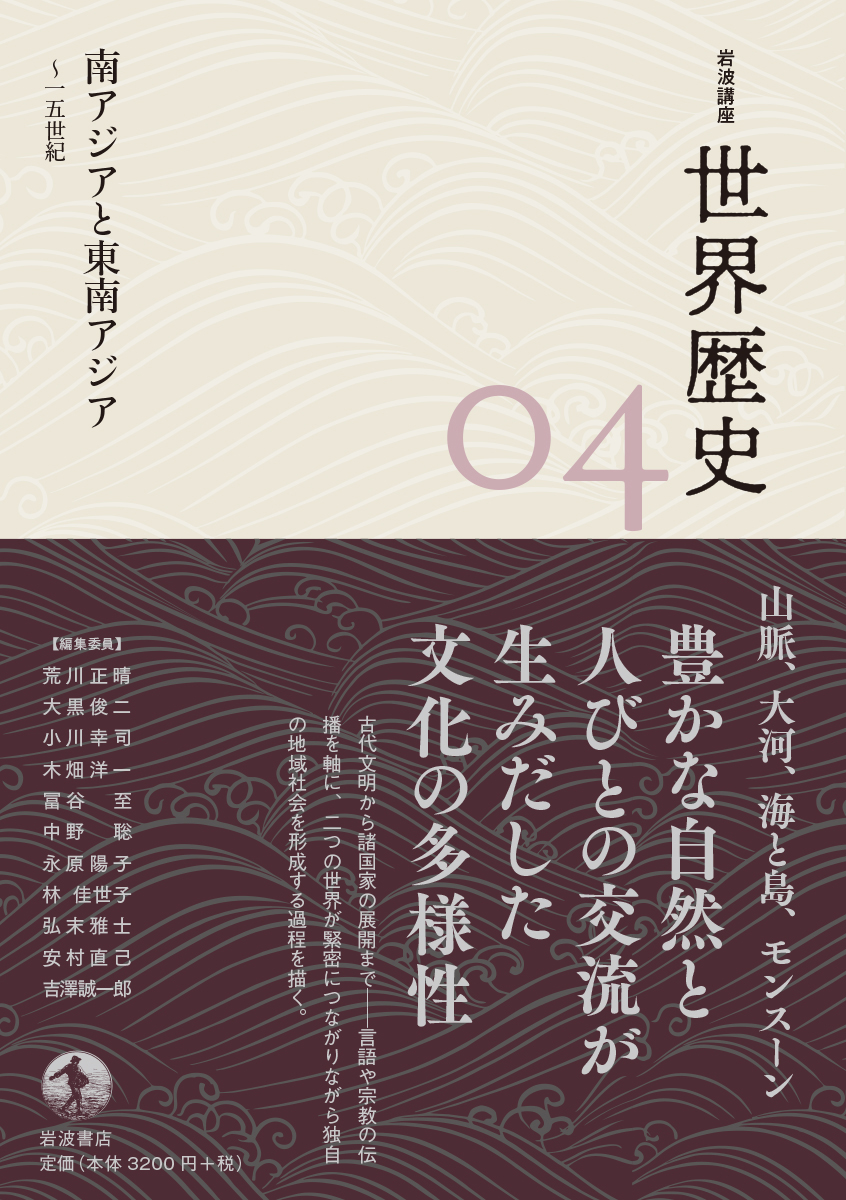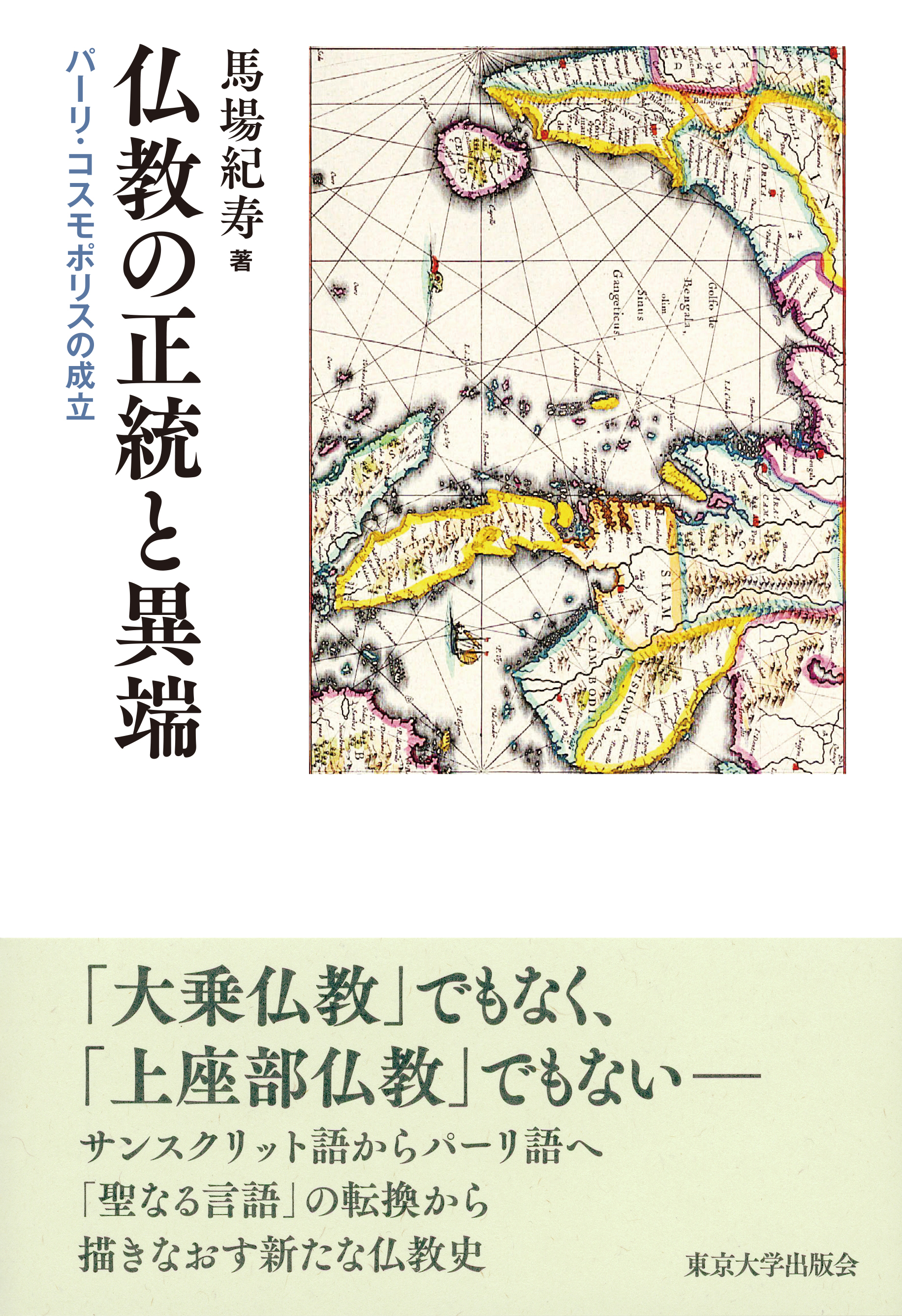
Title
Bukkyō no Seitō to Itan (Buddhist Orthodoxy and Heresy - The Birth of Pāli Cosmopolis)
Size
368 pages, 127x188mm
Language
Japanese
Released
March 02, 2022
ISBN
978-4-13-016043-8
Published by
University of Tokyo Press
Book Info
See Book Availability at Library
Japanese Page
How would you summarize the history of Buddhism in one sentence? Let us first open the World History textbook for high school students: “Buddhism, born in India, split into Mahayana Buddhism and Theravada Buddhism, and the former spread from India to East Asia and Inner Asia and the latter to Southeast Asia.” Is this description correct?
In fact, both “Mahayana Buddhism (Mahāyāna Buddhism)” and “Theravada Buddhism (Theravāda Buddhism)” are modern coinages (as discussed in Chapter 9 of this book) that combined traditional words such as “Mahāyāna” and “Theravāda” with “Buddhism,” a designation of a particular religion invented in modern times. The current volume attempts to redefine the history of Buddhism away from this pair of modern concepts.
To form a historical understanding of Buddhism, it is essential to situate Buddhism within its political, economic, and linguistic contexts, as well as to survey Buddhist literature. The current volume re-discusses the history of Buddhism by focusing on a linguistic shift in South and Southeast Asia. The scope mainly covers the first to twentieth centuries in both regions.
Just as Latin in Europe and Classical Chinese in East Asia served as a lingua franca among intellectuals, Sanskrit became a political language in South and Southeast Asia from the fourth to the thirteenth centuries. Sheldon Pollock, a modern Indologist, called this transregional cultural formation “the Sanskrit Cosmopolis.” Sanskrit is an ancient Indian language that was originally used in Brahmanic scripture and rituals. Despite there being no empire that unified South and Southeast Asia, multiple kingdoms in both regions began to use Sanskrit around the same time. Some vernacular Buddhist sutras, such as Mahāyāna sutras, were translated into Sanskrit in the Sanskrit Cosmopolis.
From the thirteenth to fourteenth centuries, newly established kingdoms in continental Southeast Asia reintroduced Buddhism from Sri Lanka, which had Pāli—another Indian language—as its sacred language. Consequently, Buddhist sutras in Pāli transmitted by Buddhist orders came to be shared between Sri Lanka and continental Southeast Asia via the Bay of Bengal trading network. This transregional cultural formation is called “the Pāli Cosmopolis” in the current volume.
The birth of the Pāli Cosmopolis was a world historical event because capitalism, which has spread across the world, was born in Holland and Britain, which controlled this trading network in Sri Lanka and Southeast Asia. The question then is, how did the Pāli Cosmopolis come to replace the Sanskrit Cosmopolis? Anyone interested in this question will find detailed discussion in the current volume.
(Written by BABA Norihisa, Professor, Institute for Advanced Studies on Asia / 2022)



 Find a book
Find a book


 eBook
eBook